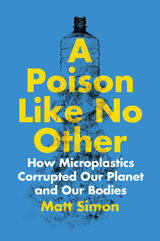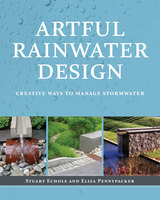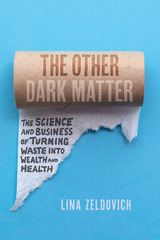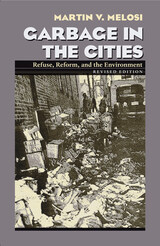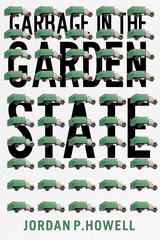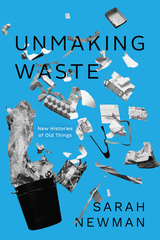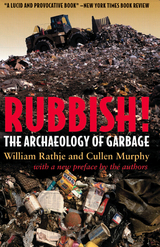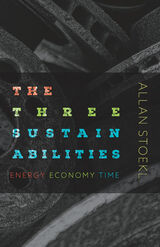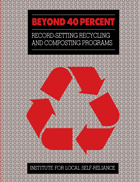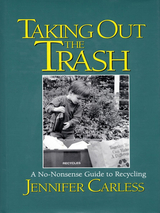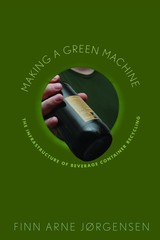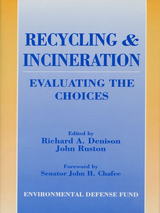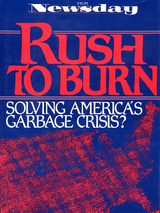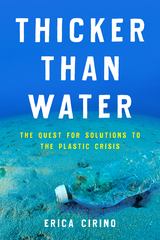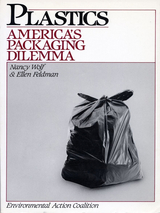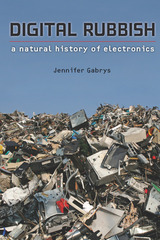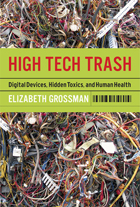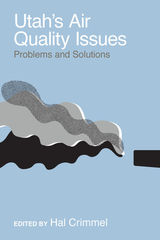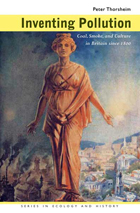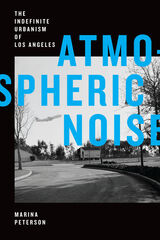Making a Green Machine: The Infrastructure of Beverage Container Recycling
Rutgers University Press, 2011
Cloth: 978-0-8135-5054-1 | eISBN: 978-0-8135-8076-0
Library of Congress Classification TD794.5.J67 2011
Dewey Decimal Classification 363.7288
Cloth: 978-0-8135-5054-1 | eISBN: 978-0-8135-8076-0
Library of Congress Classification TD794.5.J67 2011
Dewey Decimal Classification 363.7288
ABOUT THIS BOOK | AUTHOR BIOGRAPHY | REVIEWS | TOC
ABOUT THIS BOOK
Consider an empty bottle or can, one of the hundreds of billions of beverage containers that are discarded worldwide every year. Empty containers have been at the center of intense political controversies, technological innovation processes, and the modern environmental movement. Making a Green Machine examines the development of the Scandinavian beverage container deposit-refund system, which has the highest return rates in the world, from 1970 to present. Finn Arne Jørgensen investigates the challenges the system faced when exported internationally and explores the critical role of technological infrastructures and consumer convenience in modern recycling. His comparative framework charts the complex network of business and political actors involved in the development of the reverse vending machine (RVM) and bottle deposit legislation to better understand the different historical trajectories empty beverage containers have taken across markets, including the U.S. The RVM has served as more than a hole in the wall--it began simply as a tool for grocers who had to handle empty refillable glass bottles, but has become a green machine to redeem the empty beverage container, helping both business and consumers participate in environmental actions.
See other books on: Infrastructure | Jørgensen, Finn Arne | Making | Recycling | Scandinavia
See other titles from Rutgers University Press

